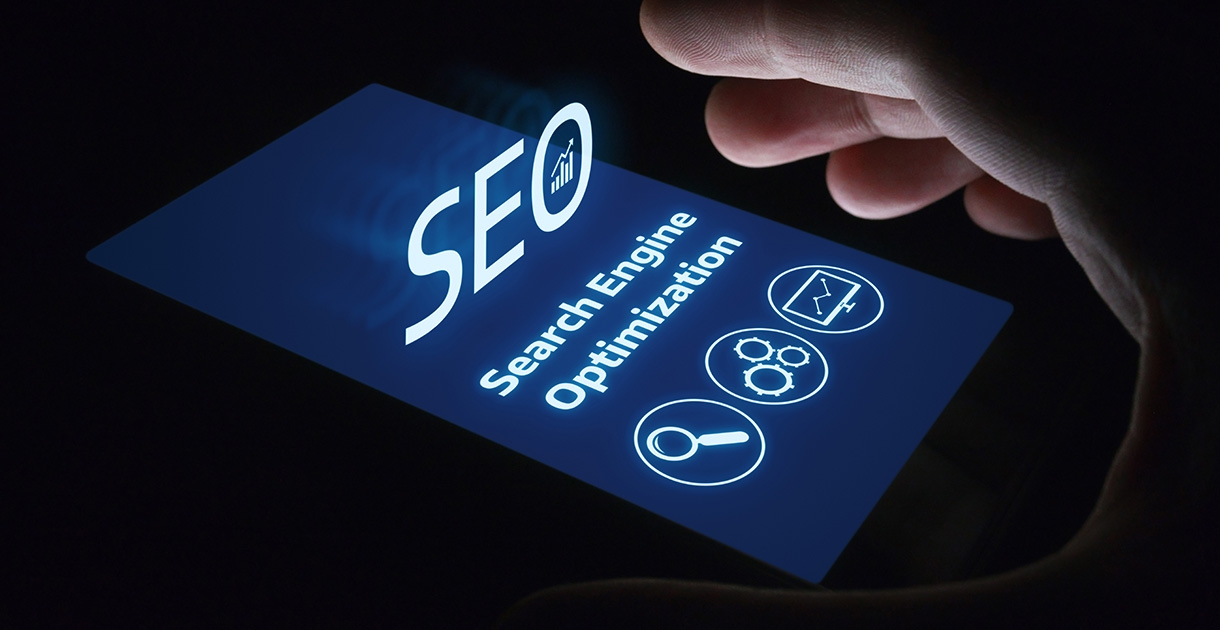A beautifully designed website may catch a visitor’s eye for a few seconds, but if search engine readability is overlooked, long-term traffic and conversions could suffer. Many businesses focus heavily on visuals during their website design or redesign projects, unknowingly falling into what we call the “beautiful trap” of SEO. This article highlights five common SEO mistakes and explains why looking good isn’t enough—and how to strike a balance between aesthetics and search visibility.
- Overreliance on images and lack of text content
Visually driven designs often use large amounts of images, banners, or icons to communicate, sometimes even replacing entire paragraphs of text. However, search engines can’t interpret images like humans can. Even withalttags, images cannot fully substitute for indexable text. Lack of meaningful content directly impacts your organic search rankings. - Heavy animations slow down site speed
Too many animations, parallax effects, and transitions may look impressive, but they can drastically slow down page load speed—an important ranking factor for Google. Especially on mobile devices, poor load performance harms the user experience and may result in a negative evaluation from search engines. - Neglecting proper HTML structure and semantic tags
Some developers wrap all content in div or span tags to match the design layout, ignoring semantic elements like h1, article, and nav. While this may not affect visual presentation, it makes it difficult for search engines to understand the page structure, reducing relevance for key terms. - Unoptimized dynamic content
Many web-based applications or Single Page Applications (SPAs) load content via JavaScript. Without SSR (Server-Side Rendering) or proper SEO techniques, search engines may only see an empty page or skeleton loader, making your content unindexable. - Ignoring mobile experience
Even if your website looks perfect on desktop, if it’s difficult to navigate on smartphones or tablets, Google’s Mobile-First Indexing will penalize your rankings. A responsive website is just the baseline—you’ll also need to ensure proper font sizing, button spacing, tap targets, and load speed to suit mobile browsing habits.
Conclusion: Design and SEO are not mutually exclusive
A truly successful website balances aesthetics, functionality, and discoverability. A professional web development team doesn’t just understand design—they bring technical experience and SEO planning skills to embed search optimization into the site structure from the beginning, preventing future fixes and lost opportunities.
As you pursue visual appeal, ask yourself: can search engines understand this design?




